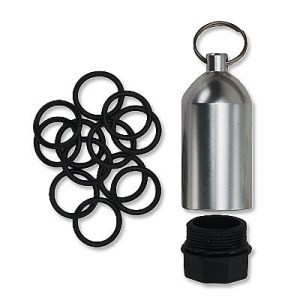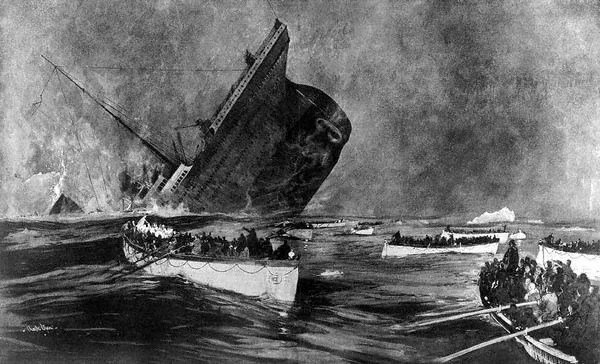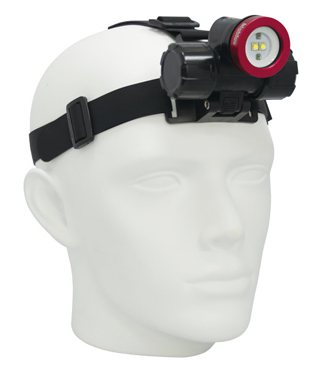Originally published @ kirkscubagear’s Scuba Scoop 3 August 2012
O-rings are small mechanical gaskets shaped like the letter “O,” which are commonly used to form seals between two joining parts. O-rings play an important role in the assembly of scuba diving gear before a dive. The O-ring allows scuba tanks to form an airtight and watertight seal with the diver’s regulator
Purpose
Scuba tanks carry air and other breathing gases at pressures up to 3,500 psi, allowing recreational divers to stay underwater for an hour or more. A metal valve fitted over the scuba tank’s canister controls the flow of air in and out of the tank. The diver must attach his regulator to the tank’s valve in order to access the tank’s air supply. An O-ring in the tank’s valve forms an airtight seal with the regulator’s first stage. Without an O-ring, small spaces would remain between the metal parts of the tank’s valve and regulator, allowing air to escape the tank or water to enter it.
Materials
Most O-rings used with scuba tanks consist of rubber or similar materials. Tanks filled with flammable breathing gases, such as gases with a high percentage of oxygen or gases with some helium, may require halocarbon O-rings to reduce the risk of fire.
Connection Types
Scuba regulators have several types of fittings. The most common type, known as an a-clamp or a yoke valve, allows the diver to fit the regulator over the tank’s valve, surrounding the O-ring. The diver secures the regulator to the tank by turning a knob to tighten the connection. Regulators with DIN fittings allow the diver to screw the regulator into the tank’s valve, covering the O-ring more completely. DIN fittings provide more protection for the O-ring than yoke valves.
Safety
Exposure to moisture can cause O-rings to deteriorate over time, and they may eventually tear or break. Inspect your tank’s O-ring regularly and replace it if it shows any signs of wear. Dry O-rings after each dive with compressed air and cover them with the tank’s O-ring cover between dives. Even if you maintain your O-rings properly and inspect them regularly, however, they can fail unexpectedly during dives. Always dive with a buddy in case such an emergency occurs. If your tank’s O-ring fails during a dive, air will begin to escape from your tank rapidly. If you have a buddy, you can breathe from his second mouthpiece while you both make a controlled, safe ascent.
Thanks to LiveStrong.com
Kathy Dowsett







Leave A Comment